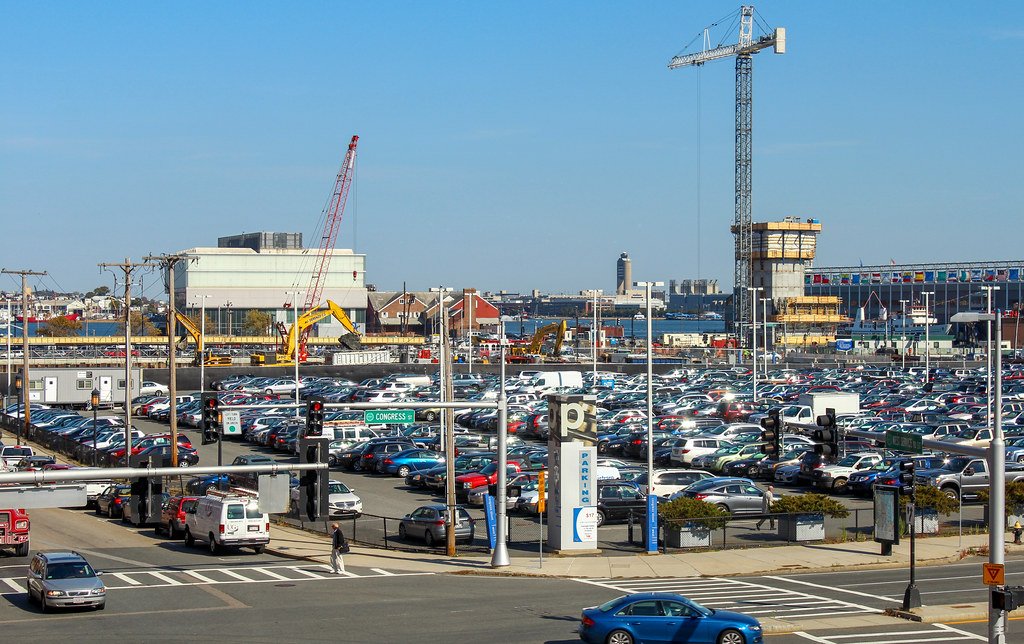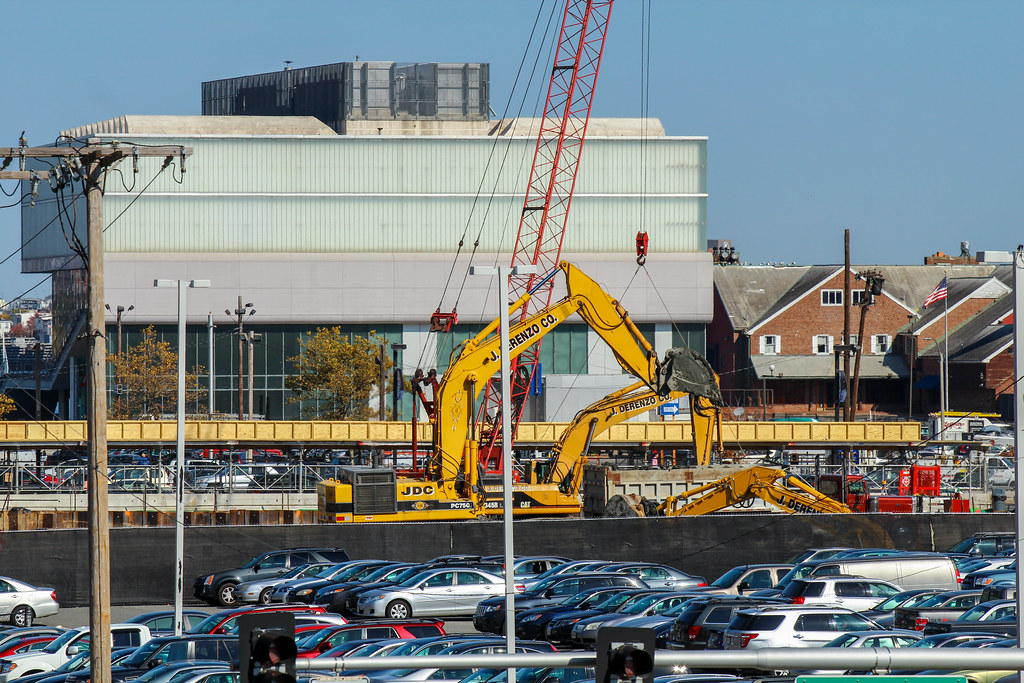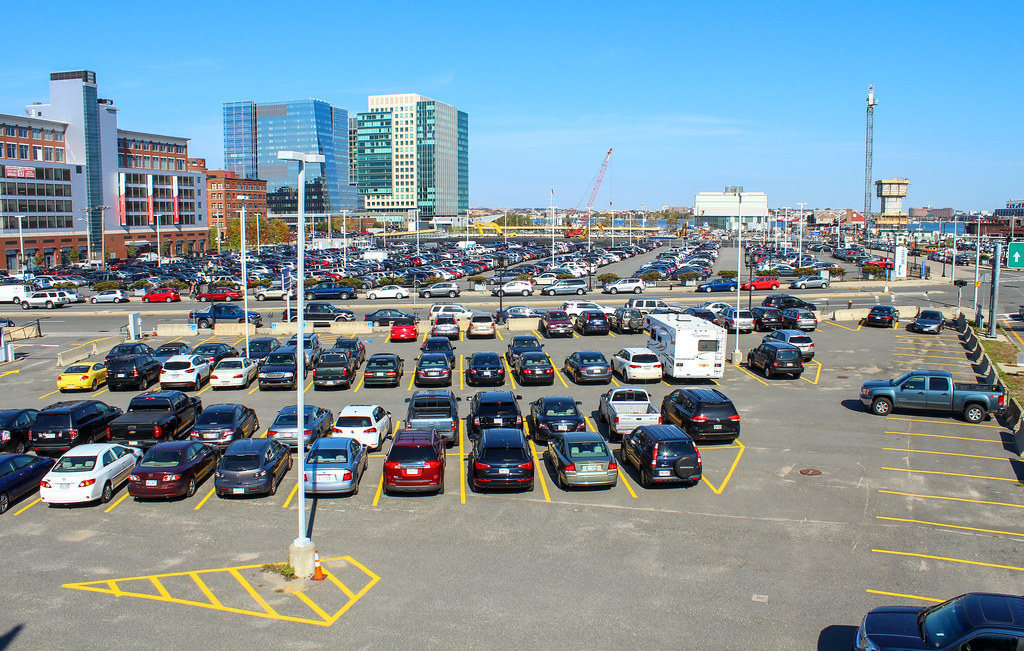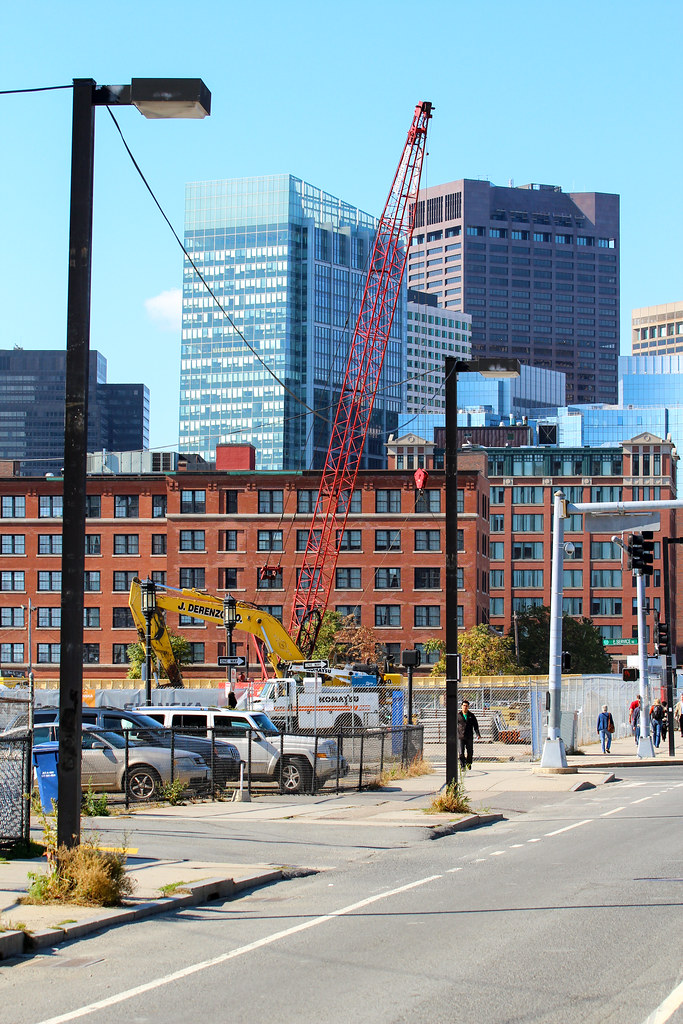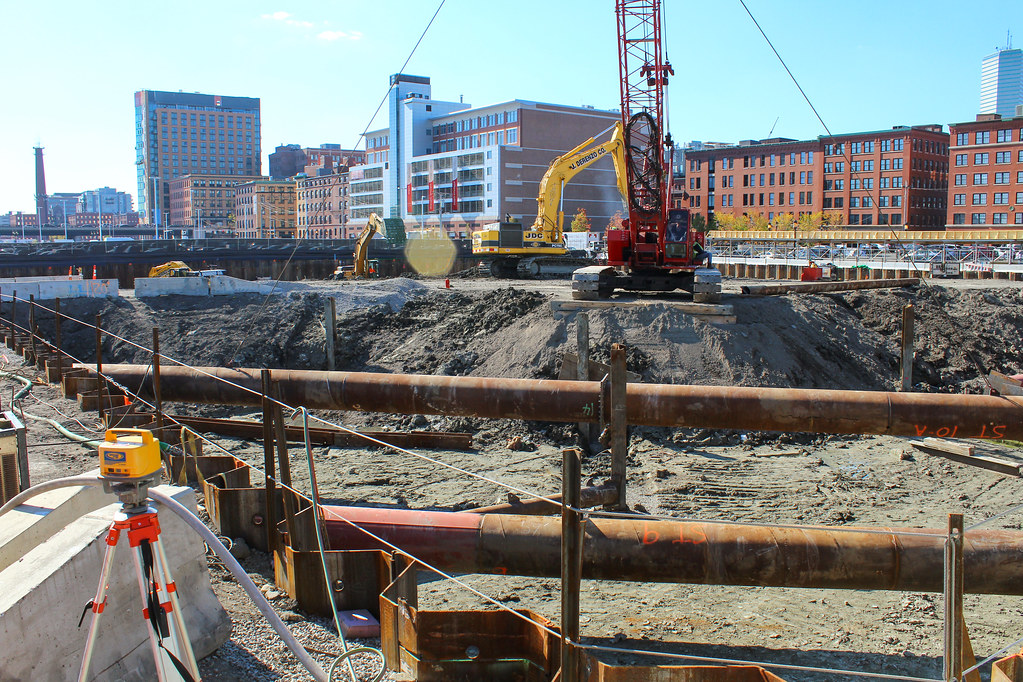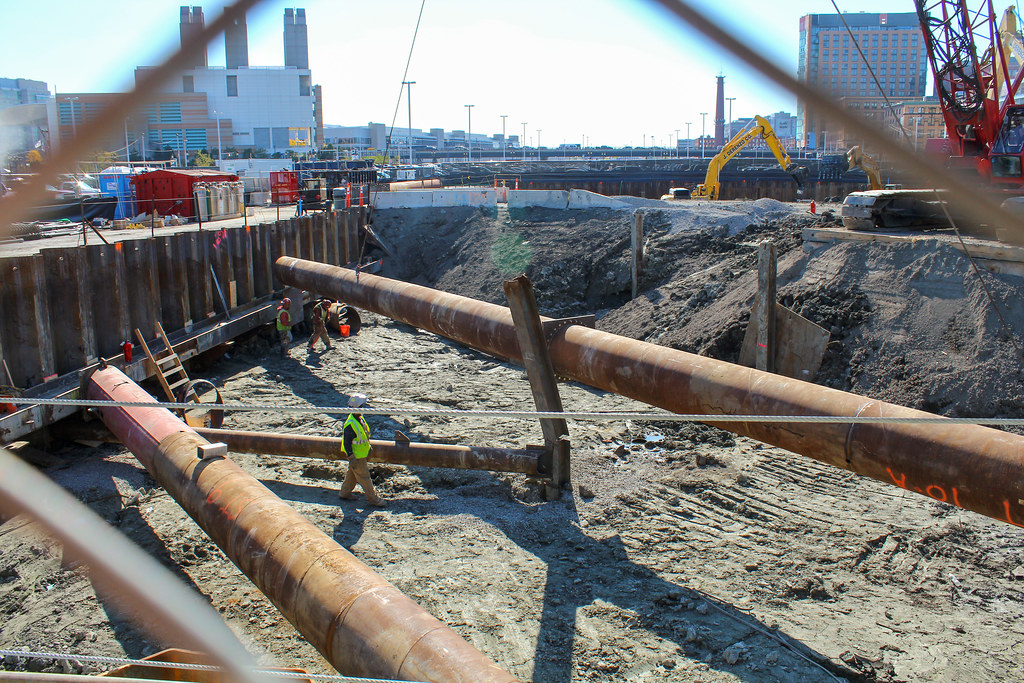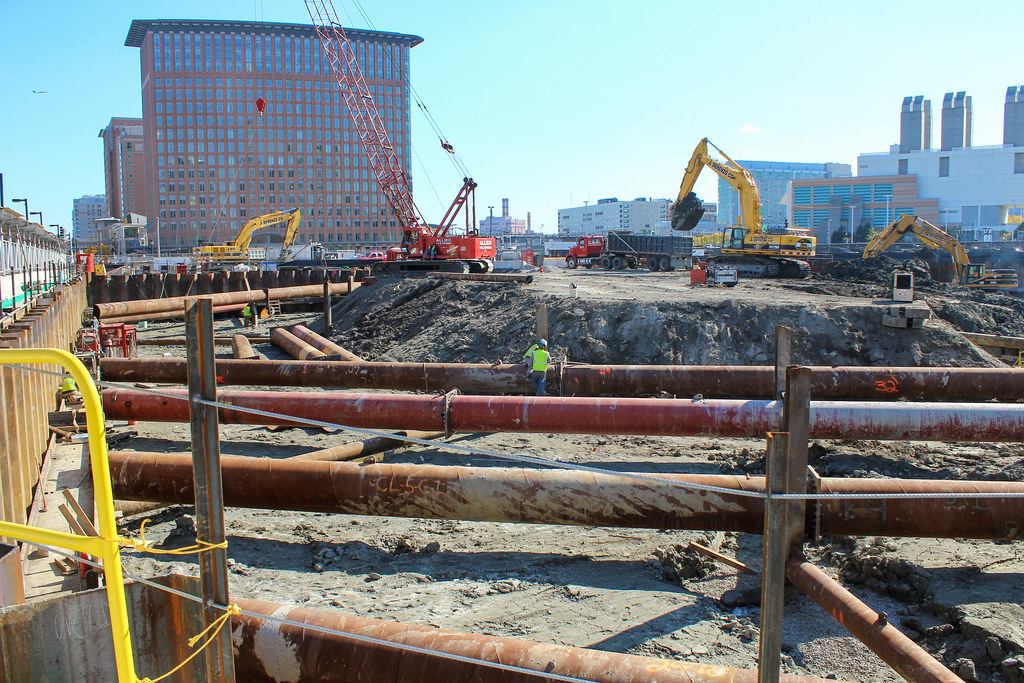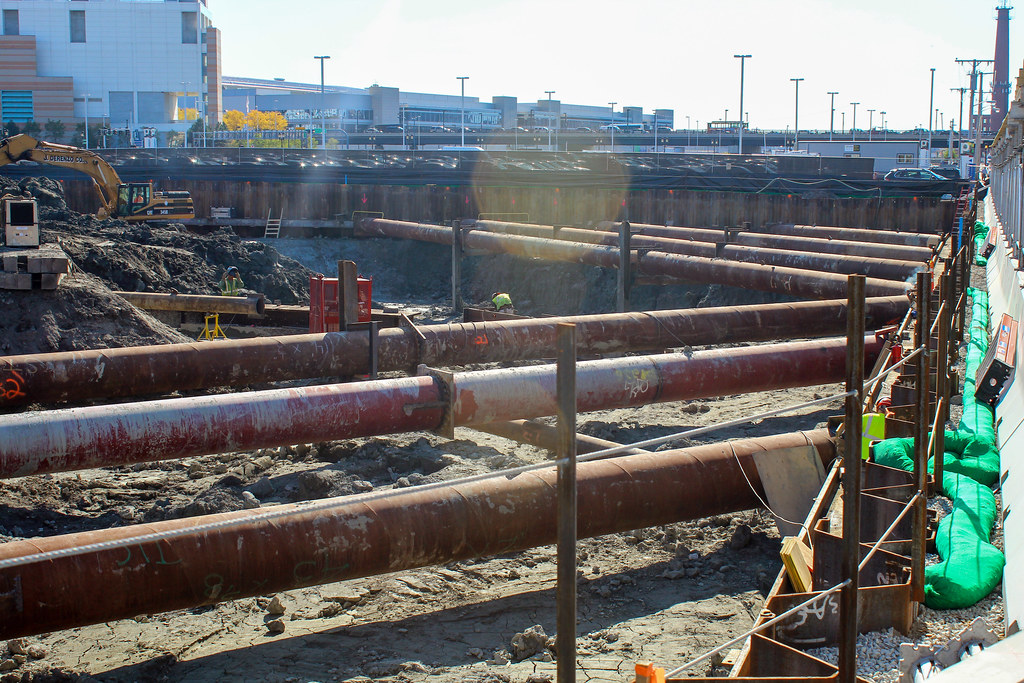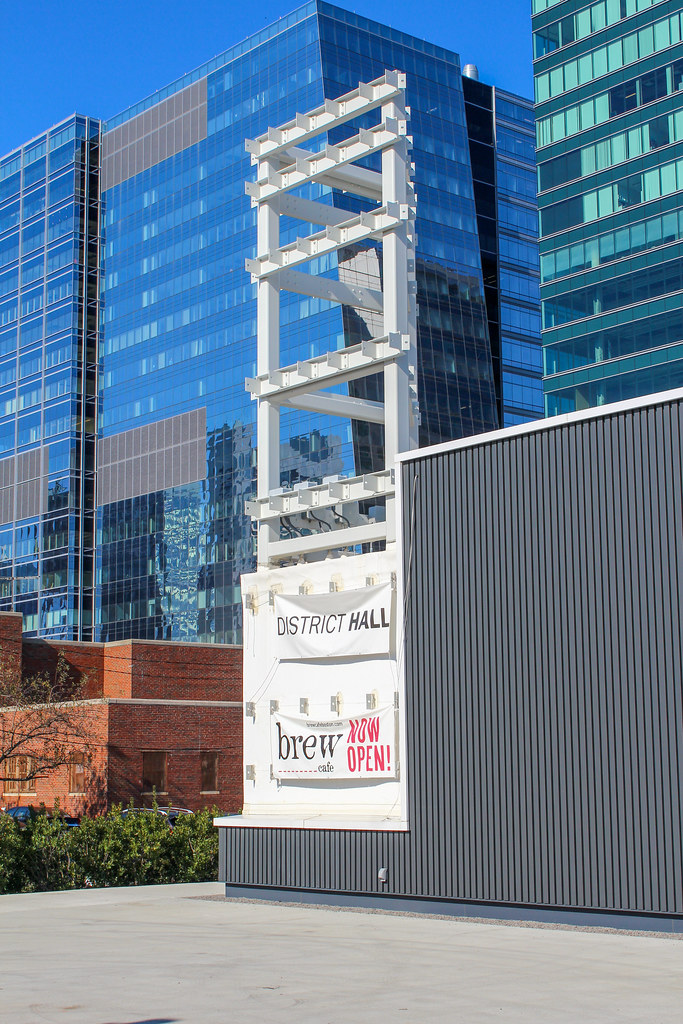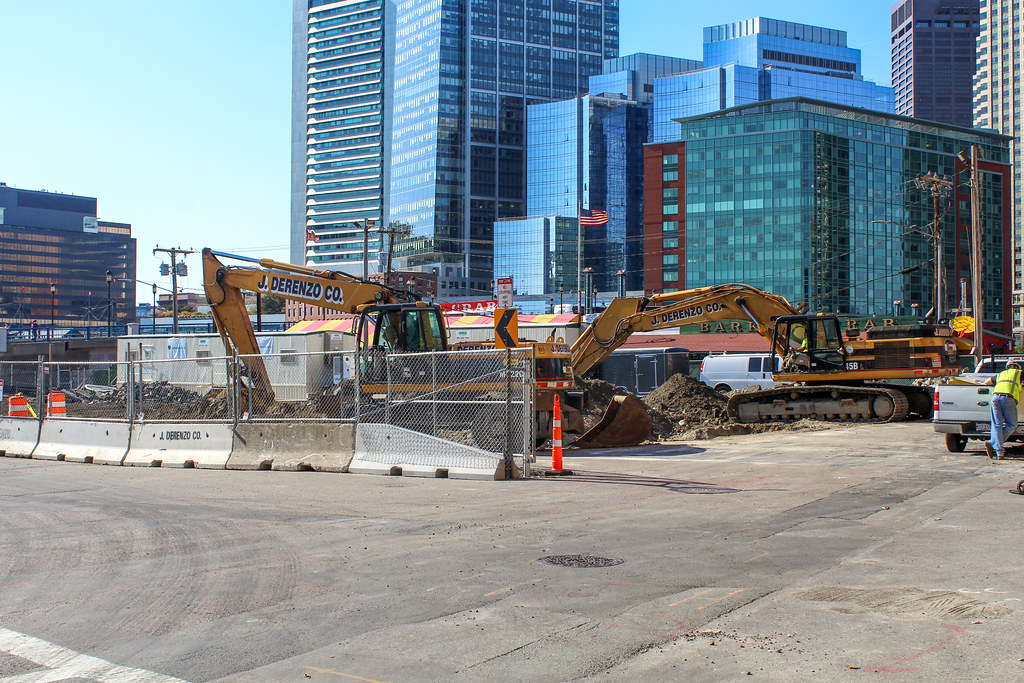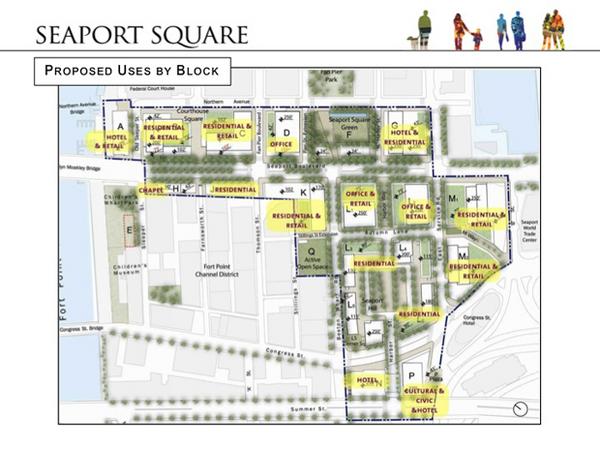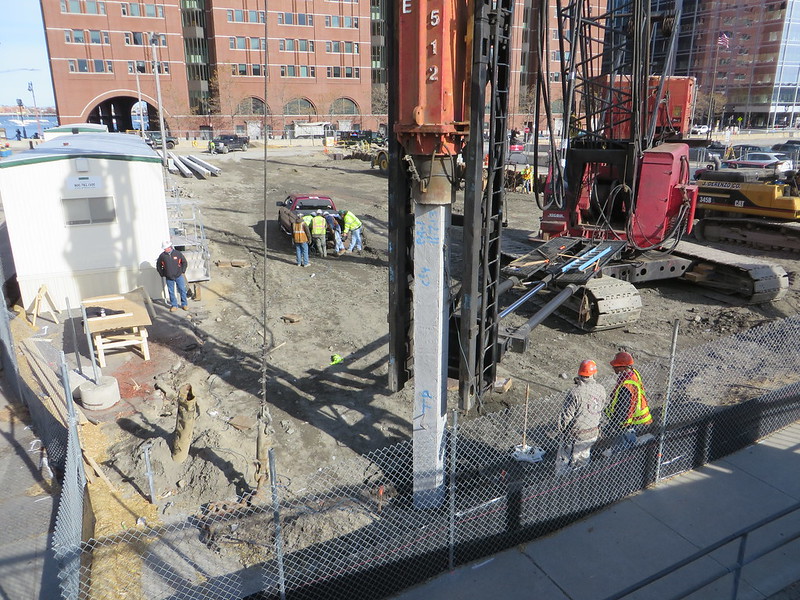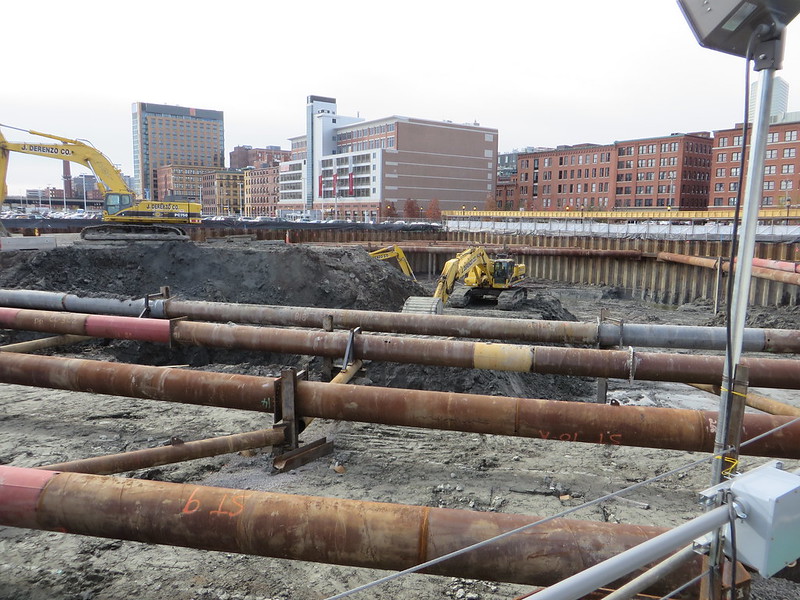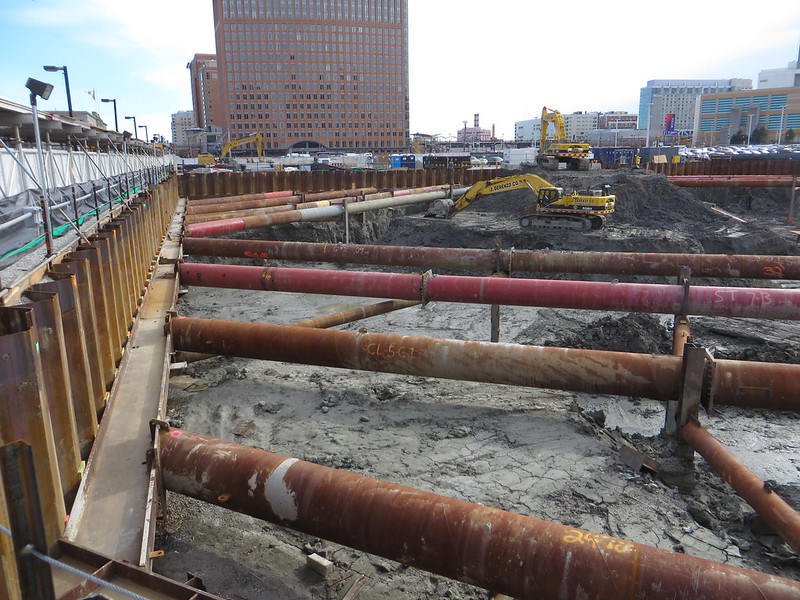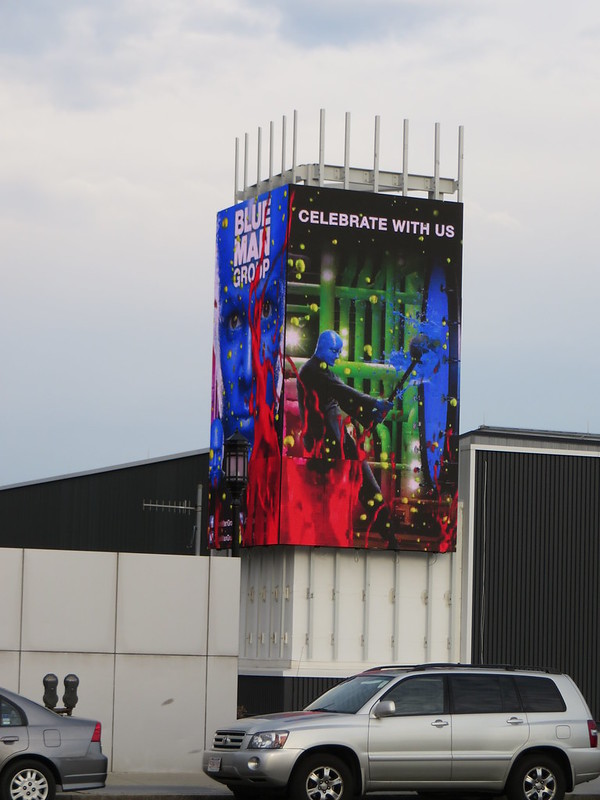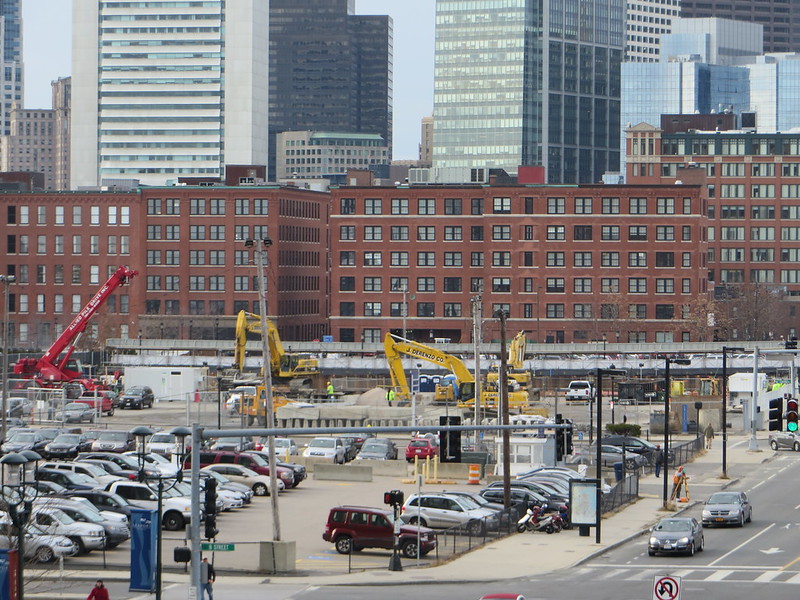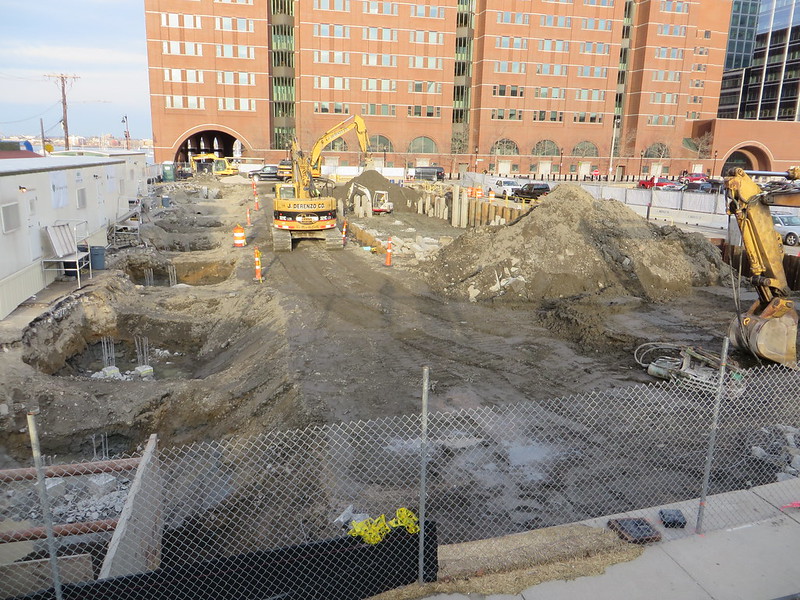You are using an out of date browser. It may not display this or other websites correctly.
You should upgrade or use an alternative browser.
You should upgrade or use an alternative browser.
Seaport Square (Formerly McCourt Seaport Parcels)
- Thread starter briv
- Start date
TheRifleman
Banned
- Joined
- Sep 25, 2008
- Messages
- 4,431
- Reaction score
- 0
Innovation District cos. have Web issues
They got a bad connection
Glenn Grant, above, CEO of G2 Technology Group in South Boston’s Innovation District, says the Web infrastructure problems in the area are ‘inexcusable,’ including wires at risk for water exposure under the Congress Street Bridge. 1 He is unhappy with the lack of internet infra structure in Boston.
Innovation District, heralded by the city and others as an example other cities should follow, still has a significant Internet infrastructure problem, high-tech business residents say.
“It’s the year 2013. It’s completely inexcusable,” said Glenn Grant, CEO and founder of G2 Technology Group, which provides IT support for roughly 35 companies, mostly in the Innovation District. He said as many as 40 percent of the buildings in the 1,000-acre area of South Boston’s Seaport may be inadequately connected.
Many companies, unable to find the fast, reliable Internet access they need to run their businesses at a reasonable price, have been forced to seek alternatives such as installing microwave receivers on roofs to connect their business or even paying to dig up their streets and install fiber-optic cable.
“It seemed really difficult to get stable Internet for a reasonable price and a reasonable bandwidth,” said Scott Klein, vice president of engineering for Aquto, an Innovation District company that provides users a way to earn mobile data by interacting with advertisements.
Klein, who spearheaded Aquto’s most recent move, said the company now pays $1,400 a month to fiber-optics company Lightower for 100 Mb/s to get its Congress Street office up to speed.
Many in the area are worried that Boston could develop a reputation as a city with poor connectivity.
“It just looks really bad when your Innovation District has Internet prices of $1,400,” Klein said, calling it a “black eye.”
Bill Oates, Boston’s chief information officer, questions Grant’s 40 percent estimate, but said, “It’s some hard work and some investment that needs to be made to make sure we’re covering every corner of the district. We expect the Innovation District to have that 21st-century infrastructure that it needs.”
Mike Lynch, director of the city’s cable office, said one of the biggest problems is a lack of infrastructure from Verizon that would provide price competition and greater access.
“Verizon is sitting across the Fort Point Channel and choosing not to deploy,” Lynch said. “It’s their business plan not to do so.”
In a statement, Verizon spokesman Phil Santoro countered, “There is a great deal of broadband available in the Innovation District” from Verizon at varying speeds. But he said the costs of infrastructure improvements have to be recoverable for Verizon.
Many landlords remain from before the Innovation District initiative, and may not have the same priorities as many of their tenants, Lynch. said
“A lot of the building ownership has been around for a while, since before this mattered,” agreed Boaz Sender of Bocoup Loft, an Innovation District open Web technology company.
Also adding to the infrastructure challenges is the geography of the district. Many of the cables feeding the area run under the Congress Street Bridge, Grant said, and water exposure and the bottleneck can cause outages.
More On:Innovation DistrictGlenn GrantG2 Technology Group
http://bostonherald.com/business/business_markets/2013/10/innovation_district_cos_have_web_issues
whighlander
Senior Member
- Joined
- Aug 14, 2006
- Messages
- 7,812
- Reaction score
- 647
Whats with normally savvy Verizon -- they should be plumbing the Fiber Optics throughout the major developments and up & down the Arterial Streets
I'm sure that the big players such as Fidelity, Gillette and Thomson are well supplied with all the bandwidth that they could want
Its also unacceptable that the key links to the district all seem to be carried by the very vulnerable Congress Street Bridge -- the Haul Road or the Rail Line should provide a geographically isolated corridor for fiber to the Seaport / Innovation District
I'm sure that the big players such as Fidelity, Gillette and Thomson are well supplied with all the bandwidth that they could want
Its also unacceptable that the key links to the district all seem to be carried by the very vulnerable Congress Street Bridge -- the Haul Road or the Rail Line should provide a geographically isolated corridor for fiber to the Seaport / Innovation District
stellarfun
Senior Member
- Joined
- Dec 28, 2006
- Messages
- 5,711
- Reaction score
- 1,544
http://www.bostonglobe.com/business...fios-boston/QFGH3MmBU19XSZu826t2IN/story.html‘This is New England, where people tell it straight,” says Boston-born TV star Donnie Wahlberg in a new commercial for FiOS, Verizon’s cable television and Internet service. “No phonies, no fakers, no shortcuts.”
The commercial, titled “Here’s The Truth about FiOS in Massachusetts,” features Wahlberg standing before the Hancock Tower, Trinity Church, and in Charlestown near the Bunker Hill Monument.
But here’s another truth about FiOS: You can’t get it in Copley Square. Actually, you can’t get it anywhere in Boston. While the service is prevalent in the suburbs, Verizon Communications Inc. has said it is too costly to wire the city for FiOS, leaving Comcast and tiny RCN as the only cable providers for 650,000 residents.
Mayor Thomas M. Menino has spent many fruitless years cajoling Verizon to bring its service to Boston, which explains why he sounded somewhere between flabbergasted and outraged when asked about the ad on Monday.
“I think they should put in big letters in the ad, ‘We do not serve Boston. But we’re using Boston as a backdrop, because Boston is a great city,’ ” Menino said.
Meanwhile, Verizon apparently doesn’t appreciate the irony: “We wanted Donnie to represent us because people know him as a no-nonsense, honest, and likable guy,” said Verizon spokesman Phil Santoro.
SeamusMcFly
Senior Member
- Joined
- Apr 3, 2008
- Messages
- 2,050
- Reaction score
- 110
I would assume some of these will definitely need to get broken out into their own threads now that a few real buildings are under way. Right now, I think everything is still lumped into Seaport Square (the Master Plan.)
parcel L2
http://bostonherald.com/business/re...ska_s_ship_comes_in_with_third_seaport_parcel
Skanska Commercial Development has acquired its third Seaport Square parcel, paying $36 million for a former parking lot on which it plans a 425,000-square-foot office building with ground-floor retail.
“We’ll be engaging a design and consulting team immediately and start to plan the project,” Executive Vice President Shawn Hurley said.
A construction date hasn’t been set, but Skanska has been showing conceptual plans to prospective tenants.
Skanska and partner Twining Properties are expected to announce soon the start of Skanska’s second Seaport Square development: Watermark Seaport, a 346-apartment tower with 25,000 square feet of ground-floor retail.
http://bostonherald.com/business/re...ska_s_ship_comes_in_with_third_seaport_parcel
whighlander
Senior Member
- Joined
- Aug 14, 2006
- Messages
- 7,812
- Reaction score
- 647
Here's where it is located
Here's where it is located
Is that map of Seaport Square current?
It looks like 399 Congress, announced/approved for residential use earlier this year (no groundbreaking yet) is on a site labeled "Hotel."
whighlander
Senior Member
- Joined
- Aug 14, 2006
- Messages
- 7,812
- Reaction score
- 647
Is that map of Seaport Square current?
It looks like 399 Congress, announced/approved for residential use earlier this year (no groundbreaking yet) is on a site labeled "Hotel."
Scicil -- The map originated or at least was propagated by Tom Grillo of the BBJ -- it actually is credited to " Courtesy of Boston Global Investors. " -- it could be the original plan for Seaport before any of the lots started to be sold, etc.
- Joined
- Jan 7, 2012
- Messages
- 14,072
- Reaction score
- 22,797
- Joined
- Jan 7, 2012
- Messages
- 14,072
- Reaction score
- 22,797
- Joined
- Jan 7, 2012
- Messages
- 14,072
- Reaction score
- 22,797
Czervik.Construction
Senior Member
- Joined
- Apr 15, 2013
- Messages
- 1,932
- Reaction score
- 1,162
As lame as some of the projects being built here may be, I absolutely look forward to the day when this sea of parking lots is gone.
- Joined
- Jan 7, 2012
- Messages
- 14,072
- Reaction score
- 22,797
- Joined
- Jan 7, 2012
- Messages
- 14,072
- Reaction score
- 22,797
- Joined
- Jan 7, 2012
- Messages
- 14,072
- Reaction score
- 22,797
One Seaport Sq. has been sold for 72M. This sale includes parcels B & C.
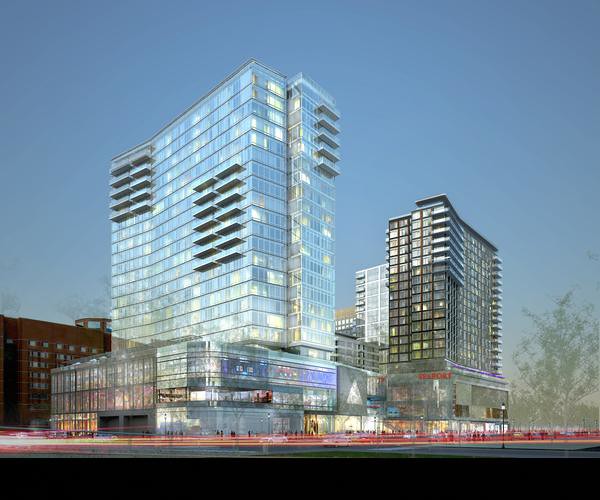
One Seaport Square*
http://www.bizjournals.com/boston/real_estate/2013/12/hynes-sells-one-seaport-square-72M.html

One Seaport Square*
http://www.bizjournals.com/boston/real_estate/2013/12/hynes-sells-one-seaport-square-72M.html
Last edited:



